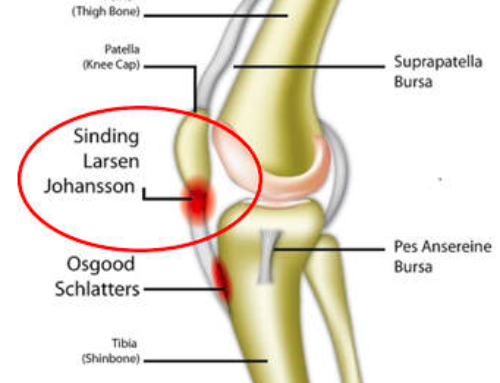Out with the old and in with the new! – PEACE & LOVE for soft tissue injuries.

You may be thinking, what on earth is this guy talking about? Well, we have a relatively new acronym which is being used for when you sustain a soft tissue injury such as straining your hamstring or rolling your ankle.
You may be familiar with RICE (Rest, Ice, Compression, Elevation) which has been used over the years to guide the management of soft tissue injuries. This acronym, however, focuses on acute management (first 1-3 days) and not what to do in the sub-acute (2-12 weeks) and chronic stages (12+ weeks) of tissue healing.
I’m going to explain what the PEACE & LOVE acronym stands for and how you can use it to begin helping your soft tissue injury.
PEACE
P – Protect
For the first 1-3 days, we want to protect the injured area. We can do this by utilising the ‘do no HARM’ acronym which stands for no Heat, Alcohol, Re-injury & Massage. We want to reduce the risk of aggravating the injury and damaging more fibres. Allow your pain signals to guide you. Rest should be minimised because prolonged rest can have a negative impact on tissue strength and quality.
E – Elevate
We want to elevate the limb higher than the heart to aid with fluid drainage from the affected area. Although there is weak evidence to support elevation, there is a low risk-to-benefit ratio, meaning it’s very unlikely to do any harm.
A – Avoid Anti-inflammatories
The stages of inflammation help repair damaged soft tissues. Reducing this inflammation with medications can negatively impact the tissue healing process in the long-term. These medications can be substituted with paracetamol to help you deal with your pain*. Ice can also be used for pain relief, however it too, has a lack of high-quality evidence to support its use. If you choose to use ice, only use it for 5-10 minutes every 2-3 hours.
C – Compress
Using taping, bandages or sleeves to provide pressure over the area helps to limit swelling within joints and tissues. Research has shown that compression particularly after an ankle sprain helps to reduce swelling and improve quality of life.
E – Educate
Whenever you have any sort of injury, it’s important that you understand what’s going on. That may mean speaking to your local Osteopath about your condition and learning about what your options are and how your treatment plan is going to look. Having a timeline for your condition will help you set goals for your future and have you back out doing what you love!
Once the first days have passed, soft tissue injuries need LOVE.
LOVE
L – Load
 Implementing an active approach including movements and exercise helps most patients with musculoskeletal injuries. As soon as your symptoms allow, you should return to normal activities and loading your injury should begin 48-72 hours after your injury. Putting the optimal load on an injury without exacerbating pain will promote repair and help build the capacity in your muscles, ligaments and tendons.
Implementing an active approach including movements and exercise helps most patients with musculoskeletal injuries. As soon as your symptoms allow, you should return to normal activities and loading your injury should begin 48-72 hours after your injury. Putting the optimal load on an injury without exacerbating pain will promote repair and help build the capacity in your muscles, ligaments and tendons.
O – Optimism
It has been shown that having optimistic patient expectations is associated with better outcomes and healing timelines. If you are finding it hard to stay positive, have a chat to your local Osteopath so you can gain confidence from their advice. Psychological factors such as catastrophisation, depression and fear can be barriers to your recovery, so getting on top of those is important.
V – Vascularisation
Cardiovascular activity (activity which makes you feel a little breathless, like running) is important in the management of soft tissue injuries. We don’t know exactly how much is needed, but pain-free aerobic exercise should be started a few days after injury to increase blood flow to injured structures. Early movements and aerobic exercise improves physical function, helping you get back to work, sport and reduces the need of pain medication.
 E – Exercise
E – Exercise
Exercise helps to restore mobility, strength and body awareness early after injury. Pain should be minimised in the early stages of recovery and should be used as a guide for exercise progressions.
Summary
When you have an acute injury, such as straining a muscle or spraining a joint, the PEACE & LOVE acronym can be used to help guide you in your management. If you’re injured but unsure about to best manage it, or your pain is worsening, do not hesitate to contact us at Pakenham Osteopathy. We are here to help!
If you have any further questions or concerns, please feel free to contact me directly at: niraj@pakenhamosteopathy.com.au
* Use only as directed by your pharmacist or doctor.
 E – Exercise
E – Exercise 

